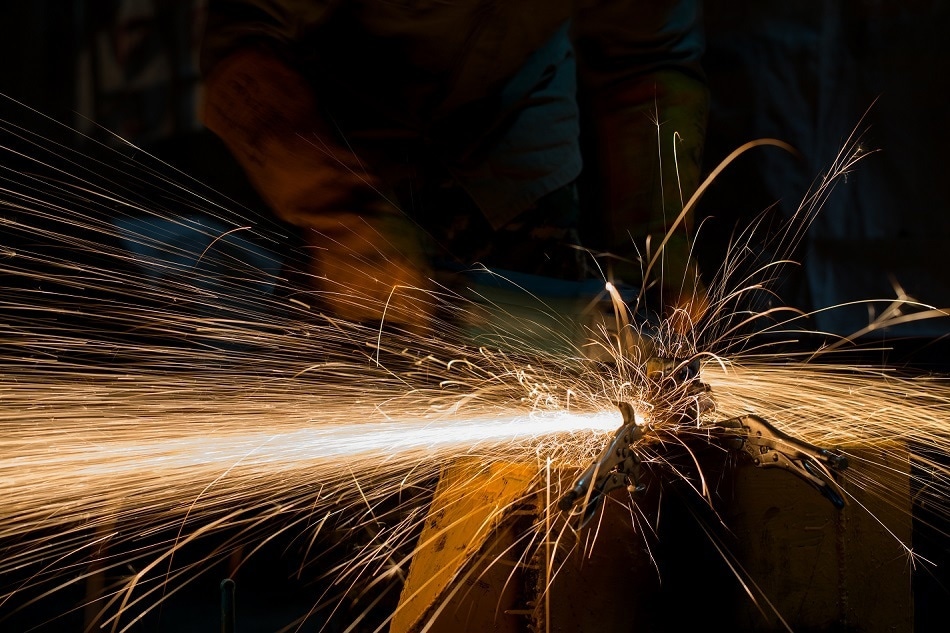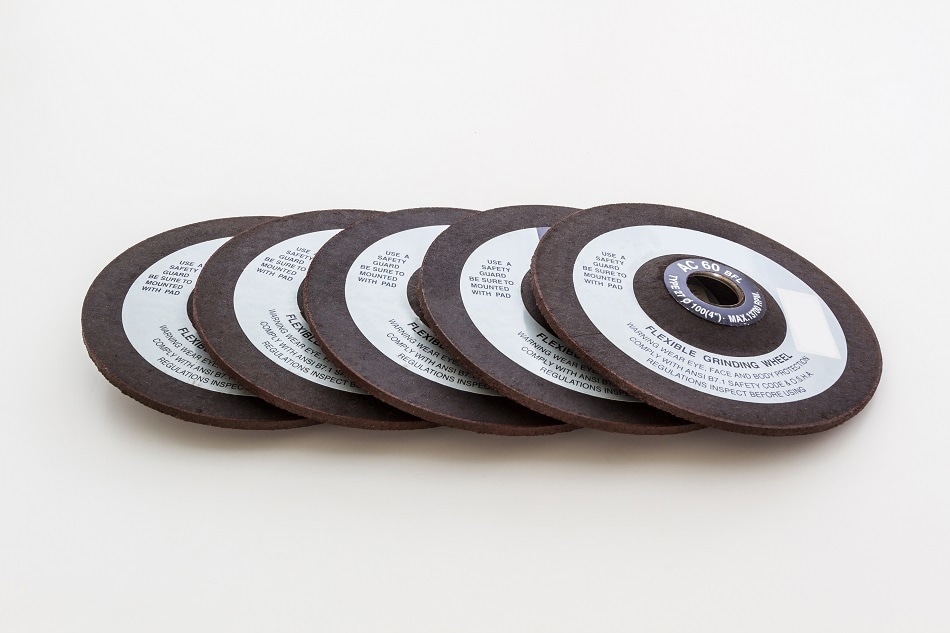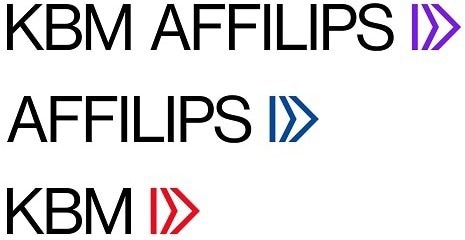The inorganic salt, Potassium Aluminum Fluoride (PAF), is used in numerous applications in industry. It is also known as Potassium Cryolite, Kalium Aluminum Fluoride, KAIF, Potassium Tetrafluoraluminate or KAlF4/K3AlF6.

Image Credit: OhEngine/Shutterstock.com
PAF is a commercial purity fused inorganic salt. It has useful properties and is found in several industrial applications. PAF is widely used as a filler in the manufacture of abrasives. In the metals industry PAF is used as a salt flux to maximize metal recovery in secondary aluminium smelting, it is also present in additives to accelerate dispersion after addition and it reduces or removes the magnesium content of liquid aluminium alloys.
The team at KBM Affilips answered some questions from AZoM to further explain the role of PAF in abrasive powders.
What different abrasive powders are used in grinding tools, cutting tools and coated abrasives?
The most commonly used abrasive powders are Aluminum Oxide (Corundum), Zirconium Oxide and Silicon Carbide.
What are the different benefits of using each of the above abrasive powders?
Each of these abrasive powders has its specific applications. The choice of abrasive powder is mainly determined by the properties of the material that needs to be worked on. Various factors must be considered, such as the hardness of the material and its sensitivity to heat and corrosion. Usually the producers of the abrasive tools will tell you exactly which combination of abrasive powder and workpiece represents the optimum in terms of performance and cost.
How are abrasive powders bonded to a surface, and what role does PAF play in this?
Not surprisingly it is the binder that bonds the abrasive grains to the surface of the grinding tool. This is an important task. The binder must be sufficiently strong, to prevent the abrasive grains from breaking out and damaging the workpiece surface, sufficiently tough to withstand extreme axial and radial forces during grinding. It must conduct heat away from the workpiece to keep the cut cool to prevent oxidation and enhance the abrasive action by chemically interacting with the surface.

Image Credit: iceink/Shutterstock.com
Consequently, the choice of the binder is as important as the choice of the abrasive grain itself. The most widespread bonding types are: vitrified, galvanic, resin, rubber and sintered metal powder bonding. The choice depends on the grinding conditions - dry or wet grinding - and further depends on the hardness and abrasiveness of the workpiece material. It is the binder in which PAF (Potassium Aluminum Fluoride) finds its application. PAF is mainly used in resin bonded, more specifically in phenolic resin bonded, grinding products. Here the binder consists of a combination of the binding substance – the resin - plus several filler materials such as Cryolite, PAF and Pyrite. The filler gives the binder “substance” and adds several desired properties. Phenolic resin bonded tools such as cut-off and deburring discs are designed to operate at high rotating speeds that may cause very high temperatures locally. Cryolite and PAF keep the grinding surface cool and protect it from oxidation.
What are the advantages of using PAF over Cryolite?
Initially Cryolite was used as a filler. However, starting in the ’90s PAF began to replace Cryolite for several reasons. As PAF is a better heat conductor than Cryolite, a property that was already discovered and claimed in patents in the early sixties. Because of its lower melting point, PAF breaks down reinforcing glass fiber mesh (if any) better than Cryolite.
Are there any other benefits associated with using PAF?
Yes, PAF usually costs less than Cryolite. Also, unlike Cryolite, PAF has not been classified as a Dangerous Goods/ADR substance. Consequently, there are fewer restrictions on transport, storage and processing of the material.
In production, which abrasive tools can PAF be used with?
PAF is used as an active filler and/or an active top coat ingredient in bonded (mainly in resin bonded) and in coated abrasives to increase product performance. The use of active ingredients is still growing; their effect on the grinding performance of the abrasive is considerable. One producer of flap discs claims that the use of active substances gives him the choice of either enhancing the properties of his product or maintaining its performance whilst saving up to 65% on the amount of abrasive powder.
How important is the quality of the PAF used when producing abrasive tools and surfaces?
For the abrasives industry, a standard commercial grade PAF suffices. KBM Affilips produces PAF from 99.7% pure primary aluminium. In addition to a correct chemistry, other factors such as correct grain size distribution, moisture content and pH are equally important.

Image Credit: KBM Affilips
What different forms of PAF do KBM Affilips supply?
For the abrasives industry KBM Affilips specially produces a 200 mesh (<74 um) grade, packed in 25 kg paper bags, in standard 500 kg and 1 mt big bags and, upon request, in customer specified big bags.
Where can our readers find out more about PAF and KBM Affilips?
Additional information can be found on the KBM Affilips website www.kbmaffilips.com. A product brochure and safety data sheet are available upon request, simply use the website’s contact option.
Conclusion
As PAF is a better heat conductor than Cryolite, is generally lower priced and is not classified as a dangerous good – hence faces less issues in transport, processing and storage – it is easy to see why the use of PAF in various industrial applications such as the abrasives industry is still growing.

This information has been sourced, reviewed and adapted from materials provided by KBM Affilips.
For more information on this source, please visit KBM Affilips.